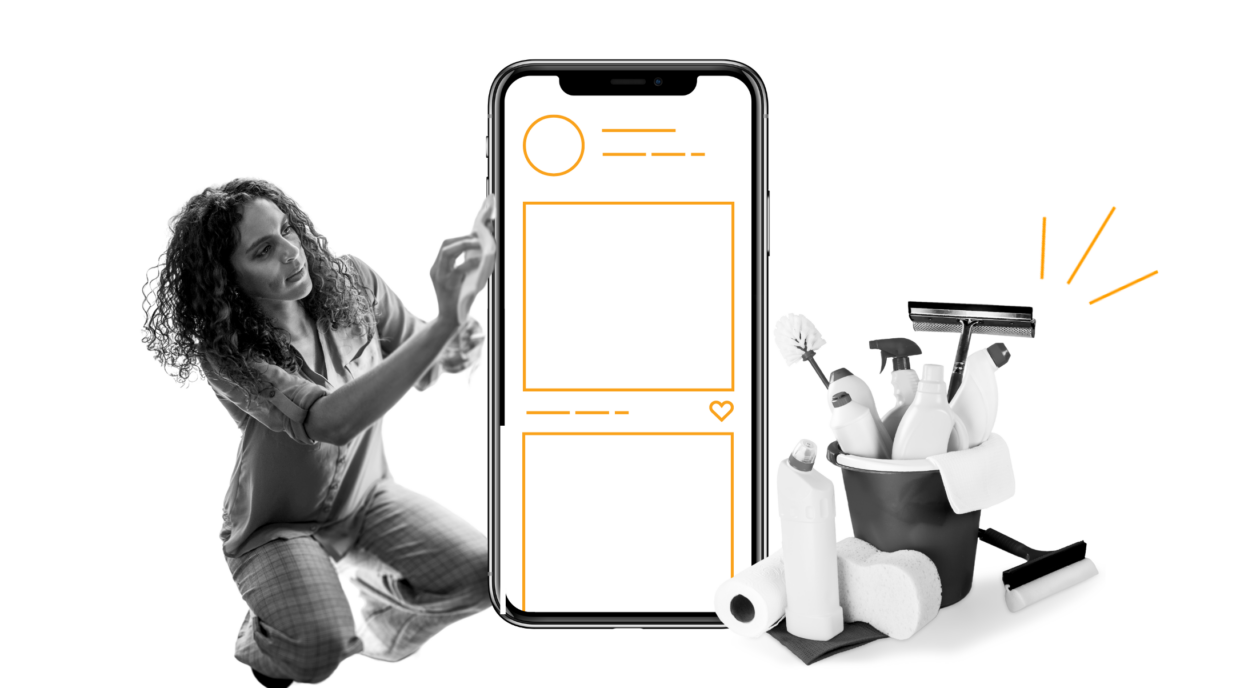How to run an experiment on your nonprofit’s social media

If there’s one constant in social media, it’s that it’s always changing. Last summer, Meta launched Threads with little warning. LinkedIn changed the way that link previews appear and is testing a video feed (like Instagram Reels). And new platforms, like noplace, are popping up. Instagram announced that hashtags don’t help with reach anymore. Facebook is prioritizing content that sparks conversation.
How should we as nonprofit social media managers react? We run an experiment. It’s the best way to make an informed decision about how to approach those shifts and adjust your strategy. Here’s how to run a social media experiment and adapt it if you’ve got limited time and resources.
When should you run experiments on social media?
There is a wide variety of reasons to run a social media experiment at any particular time, but here are the four most common ones for us at Candid.
When there’s a new platform. New platforms pop up regularly and it’s a good idea to figure out whether they’re going to be worth investing in. For example, Candid has found a small but active audience on TikTok, whereas Bluesky was not a fit.
When existing platforms launch new features. Platforms are always innovating and trying to find new ways to keep us engaged. If your organization is active on a platform, it’s a good plan to try out any new features.
When the algorithm changes. Each platform has an algorithm, which determines who sees what, and they’re aways shifting to keep users engaged. LinkedIn recently shared that they’re making link content less visible to users. In response, Candid is experimenting with more engaging ways to share links.
When you need help reaching your goals. If your goal is to grow your following on Facebook but you’re not seeing increases, it’s a good time to experiment with what and when you post.
What does a social media experiment look like?
Whether you’re running a large-scale social media experiment, like our three-month test to see whether short-form vertical video would appeal to new, younger audiences, or a small-scale one, like testing different hashtags or posting times, there are a few steps to keep in mind. As an example, here’s how Candid structured a one-month experiment to see whether we should dedicate staff time to Threads.
- Pick one thing to test or one question to answer. For us, that question was whether Candid should be more active on Threads. We wanted to understand whether investing more time in the platform would pay off.
- Determine what success looks like. We decided that for Threads to be worth investing in, we would need to see:
- A 50% increase in followers over one month
- Two or more reactions per post (likes, comments, reposts)
- Content creation, posting, and replying take no more than two hours per week. Note: always include time required as a variable. If you don’t have the time, you can’t take it on.
- Set the parameters using background research on the platform or feature. Based on our investigation, we learned that Threads content does best when you:
- Posted four times a day
- Shared a mix of content (text-based posts, quizzes, photos, videos, and links)
We also decided to run the experiment for four weeks and only post on weekdays.
- During the experiment period, stick to the original plan. If you’re trying a new feature or platform, you probably won’t see results in the first week or two. It’s new; your audience isn’t used to it. Give it time and stay committed to the process.
- Once you’re done, assess the results. Gather data on your measure of success. For us, that meant data on followers, engagement per post, and the time we spent on it.
Even if you don’t see hoped-for results, there are lessons to be learned. Our Threads experiment didn’t pan out. We had a 30% increase in followers, only 50% of the posts had two or more reactions, and it took five hours a week of our time. However, we reused the content we created for Threads for YouTube posts, and it did well there. We also saw some interesting success with sharing Threads posts to Instagram Stories. While that wasn’t part of the original experiment, it’s something we’ll test further this summer.
What if you don’t have the time to do an experiment?
Candid is a large organization with a dedicated person running social media (me, and sometimes an intern). Your nonprofit may not have that, and conducting a social media experiment to the extent we do may seem like too much. You can still run experiments but do it on a scale that works for you.
For example, spend two weeks posting at a different time than usual to see if that increases engagement or followers. Try replacing some of your posts that feature links or text with photographs of people for a month. Or commit to posting one video a week for two months.
You don’t have to go all-in. You can start small with little changes. In the end, you’ll still get data that can help you make an informed decision about your social media efforts.







Da'Vasha Reed says:
i need more understanding of this please